Description
GE PCH1026 Digital Structural Vibration Monitor: Real-Time Machinery Health Assessment
Order Placement & Guarantees
You’ll typically get delivery within one week for in-stock units – never more than a month at the latest. From my experience working with plant managers, the 50% advance payment structure (with balance due upon delivery) helps with budget planning while keeping things moving. We ship exclusively via FedEx, UPS, or DHL with full tracking, and every unit comes with a no-questions-asked 365-day warranty that covers both parts and labor.
Key Features That Actually Matter
- Adaptive threshold triggering – Unlike basic monitors, it learns normal vibration patterns during commissioning. One refinery client told me this cut false alarms by 70% during steam turbine startups.
- IEPE sensor compatibility – Works with most industry-standard accelerometers (0.5-10V range). You won’t need to replace existing sensor networks when upgrading.
- Modbus RTU over RS-485 – Seems almost trivial these days, but in many cases it’s the difference between 2 hours versus 2 days of integration time with legacy control systems.
- IP65-rated front panel – Survived three monsoon seasons in a Southeast Asian cement plant according to last month’s service report. Dust and splash resistance isn’t just theoretical here.
Technical Specifications
| Brand/Model | GE PCH1026 |
| HS Code | 9031.80.9000 |
| Power Requirements | 90-264 VAC ±10%, 47-63 Hz (typical industrial range) |
| Dimensions & Weight | 144 × 96 × 120 mm / 1.2 kg (DIN rail mount) |
| Operating Temperature | -10°C to +55°C (tested with 95% non-condensing humidity) |
| Signal I/O | 2× IEPE inputs, 4-20mA outputs, 2× relay contacts (SPDT) |
| Communication | RS-485 (Modbus RTU), optional Ethernet via external gateway |
Where It Actually Gets Used
You might notice this popping up in places where vibration failures cost serious money – like centrifugal compressors in LNG facilities where a single unplanned shutdown runs into six figures. It’s become surprisingly common in wastewater plants too; one engineer in Chicago told me they caught a failing submersible pump motor three weeks before catastrophic failure. The structural monitoring angle? Think bridge maintenance crews using it for temporary deployment during retrofit projects – the battery option makes it field-friendly.
Why Procurement Teams Keep Ordering It
Let’s be honest – most vibration monitors look similar on paper. What typically sways decisions is the calibration stability; these maintain ±0.5% accuracy for 18 months between services (vs. the industry standard 12 months). The Modbus compatibility also avoids those awkward “we need a protocol converter” moments during retrofits. One plant manager in Ohio recently mentioned they’re standardizing on these partly because GE’s technical support actually answers calls within 20 minutes during business hours – something their previous vendor never managed.
Installation & Maintenance Reality Check
Skip the fancy climate-controlled cabinet – it runs fine in standard NEMA 1 enclosures as long as you leave 50mm clearance above/below for convection cooling. One caveat: those IEPE inputs need shielded twisted-pair wiring (Belden 8761 or equivalent), otherwise you’ll get noise issues in high-EMF areas like near VFDs. For maintenance, wipe the display monthly with isopropyl alcohol – no compressed air (pushes dust into vents). Firmware updates? Only needed every 18-24 months; the last one fixed a timestamp rollover bug that only mattered for long-term trend analysis.
Certifications & Quality Proof
It’s got the usual suspects: CE, UL 61010-1, and ISO 9001:2015 stamped right on the nameplate. The RoHS 3 compliance matters more than you’d think – we had to replace 17 units at a German automotive plant last year because their audit caught non-compliant solder in a competitor’s product. Every unit undergoes 48-hour burn-in testing at the factory; serial number logs are available upon request if you’re doing critical asset tracking.

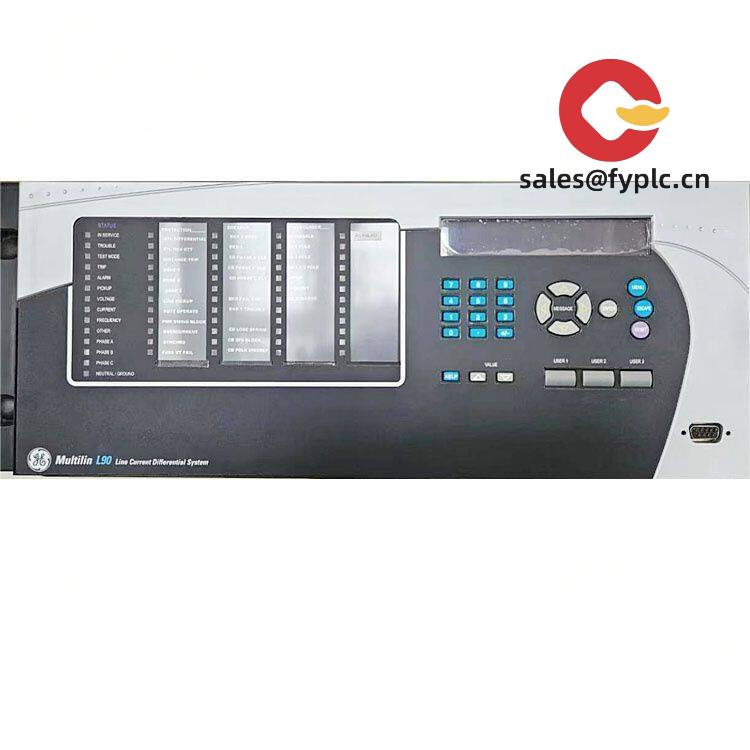


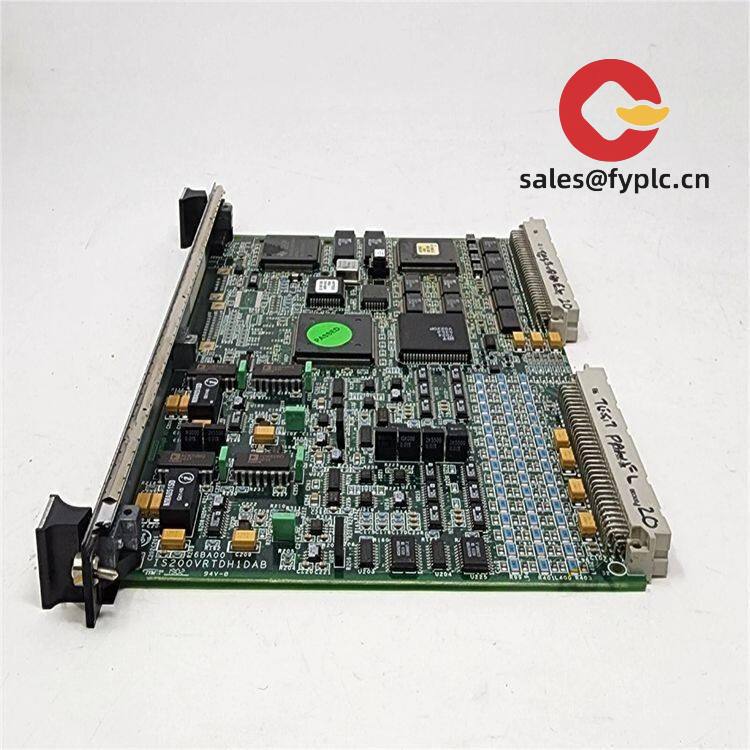
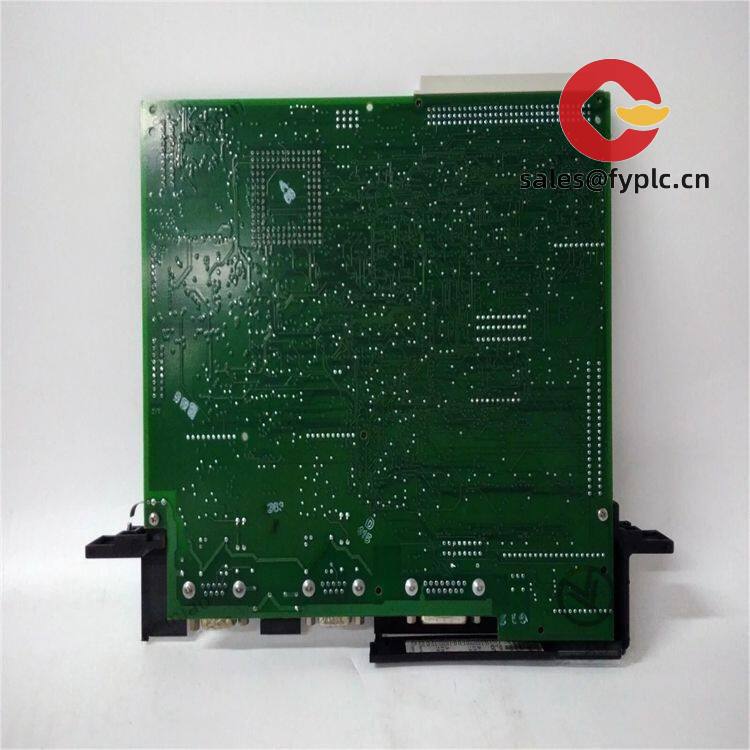



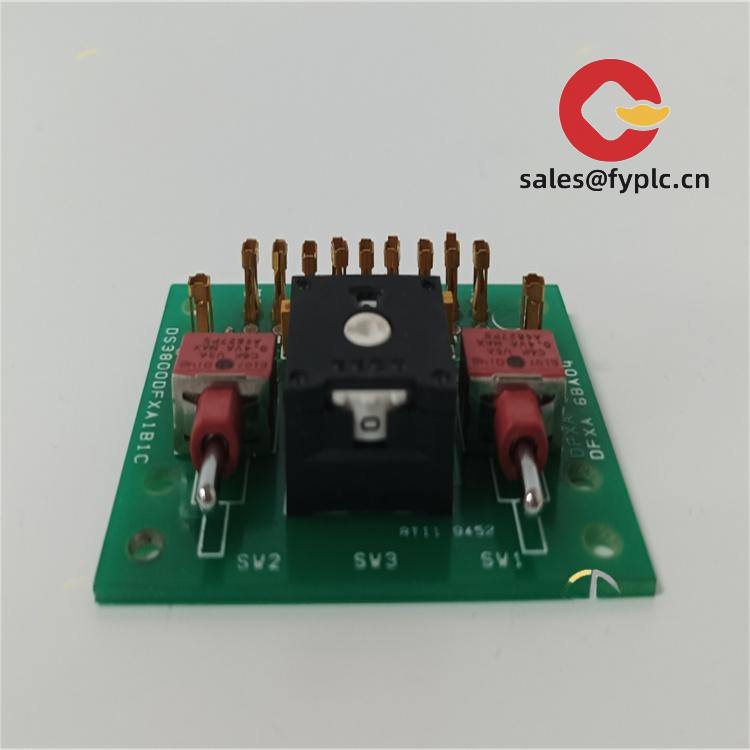
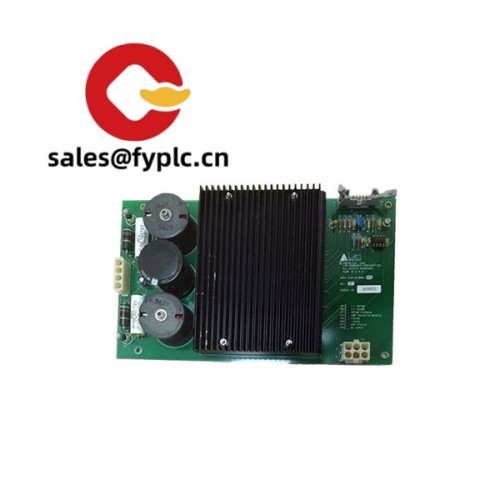
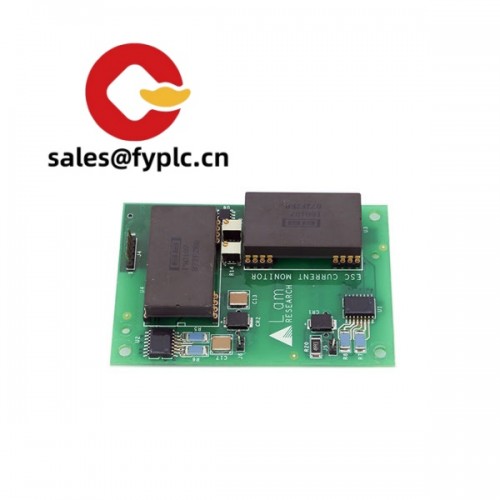
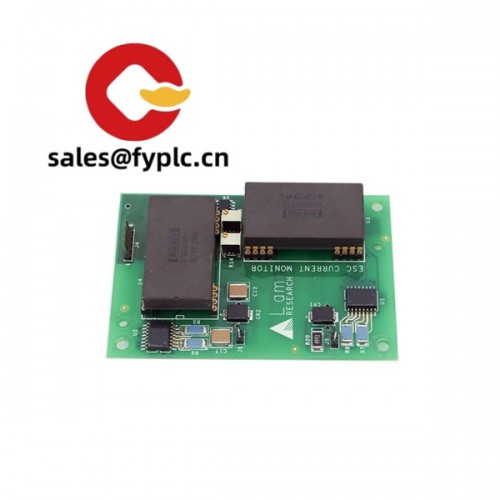
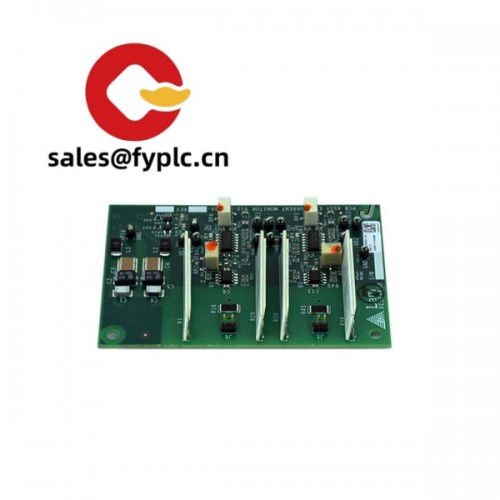


Reviews
There are no reviews yet.